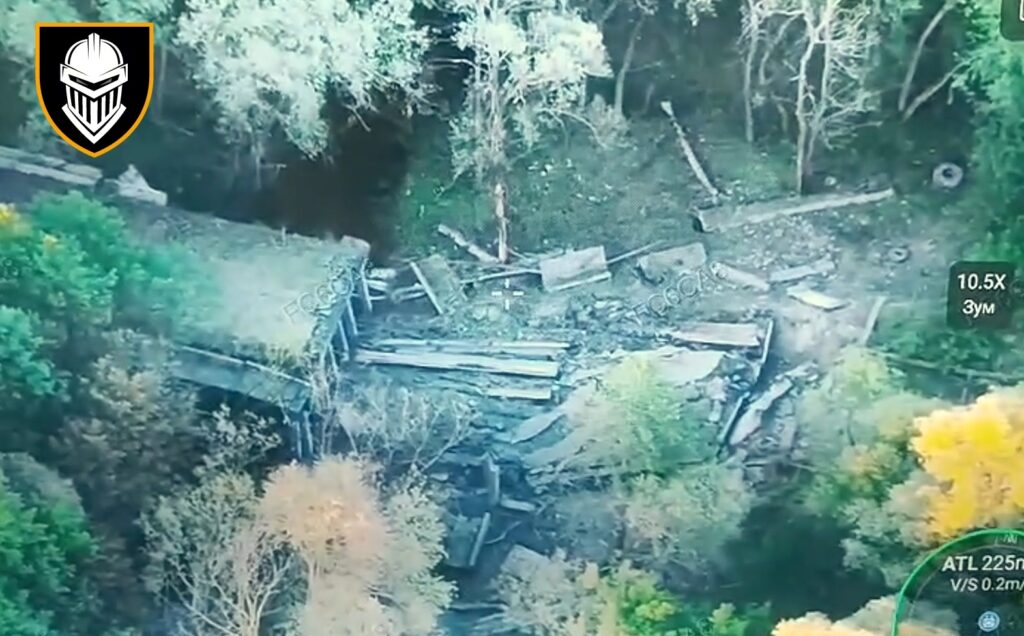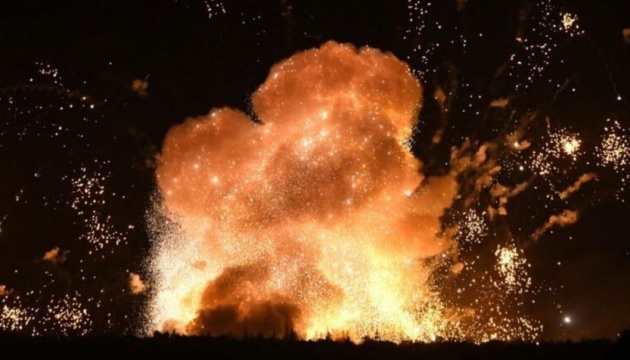Russia rigged the bridge with mines — Ukraine’s drone turned it into dust

A Ukrainian drone destroys Russian bridge in Russia’s Belgorod Oblast. The FPV drone strike didn’t just damage the structure — it detonated Russian-planted anti-tank mines, causing the bridge to collapse in a powerful explosion.
Ukrainian drone unit strikes key logistics target
Militarnyi reports that the attack was carried out by the strike drone company of the 112th Territorial Defense Brigade, which is currently attached to the 3rd Separate Heavy Mechanized Brigade, also known as the “Iron Brigade.” The brigade published footage of the operation.
The destroyed concrete bridge had long served the Russian army as a critical supply route in the border area, enabling the transfer of troops and equipment. Expecting a Ukrainian advance, Russian forces had mined the bridge with TM-62 anti-tank explosives.
Recon teams triggered a deadly chain reaction
Ukrainian reconnaissance units discovered the planted mines. In response, the military launched an FPV drone armed with an explosive warhead. The drone hit the bridge and set off the Russian explosives. The resulting blast destroyed the entire structure.
Open-source analyst Blinzka identified the bridge as located near the village of Novopetrovka in Belgorod Oblast. The explosion not only destroyed the transport artery but also inflicted additional losses due to the detonation of Russia’s own engineering munitions.

Thanks to your incredible support, we’ve raised 70% of our funding goal to launch a platform connecting Ukraine’s defense tech with the world – David vs. Goliath defense blog. It will support Ukrainian engineers who are creating innovative battlefield solutions and we are inviting you to join us on the journey.
Our platform will showcase the Ukrainian defense tech underdogs who are Ukraine’s hope to win in the war against Russia, giving them the much-needed visibility to connect them with crucial expertise, funding, and international support.
We’re one final push away from making this platform a reality.

